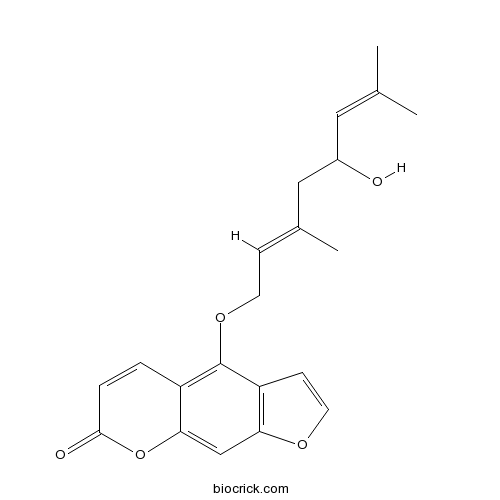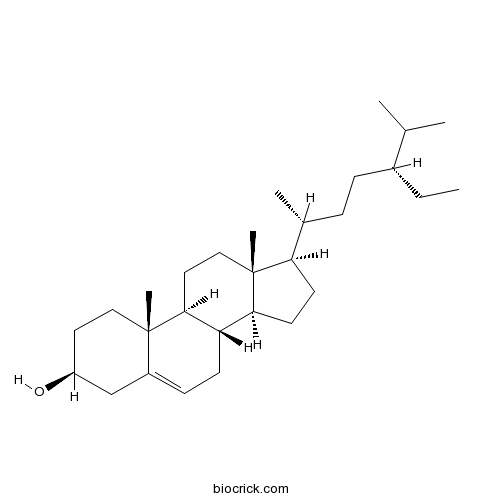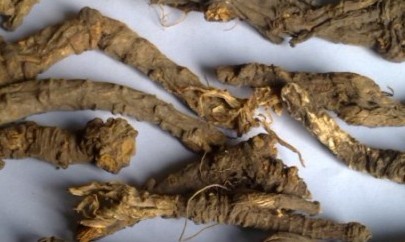Notopterygium franchetii Boiss.
Notopterygium franchetii Boiss.
Notopterygium forbesii H. de Boissieu. Plants 80–180 cm. Root stout, with clusters of rootlets; caudex tuberous, strongly aromatic. Leaves ternate-2–3-pinnate; petiole 3–8 cm; blade to 25 × 35 cm; pinnae 2–3 pairs, proximal pinnae long-petiolulate; ultimate segments oblong-ovate, 3–8 × 1–3 cm, base obtuse or cuneate, puberulous on veins and margins. Leaves reduced upwards to 3 leaflets, sheaths broadly ovate. Umbels 5–14 cm across; peduncles 5–25 cm; bracts 1–3, linear-lanceolate, 0.5–1.5 cm; rays 10–17(–23), 3–12 cm; bracteoles 4–5, linear, 3–4 mm, very short; umbellules many-flowered; pedicels 0.5–1 cm. Calyx teeth ovate-triangular, ca. 0.5 mm. Petals pale yellow or yellowish-green, obovate, apex inflexed. Fruit oblong-ellipsoid, ca. 5 × 4 mm; vittae 3–4 in each furrow, 4 on commissure. A validated HPLC-DAD–ESI-MS method has been developed to simultaneously quantify 12 bioactive compounds in the seeds of Notopterygium incisum Ting and Notopterygium franchetii Boiss whose rhizomes and roots are widely used as traditional Chinese medicine.
Products from Notopterygium franchetii Boiss.
- Cat.No. Product Name CAS Number COA
-
BCN5386
Notopterol 88206-46-6
PDF

-
BCN1015
Beta-Sitosterol 83-46-5
PDF




